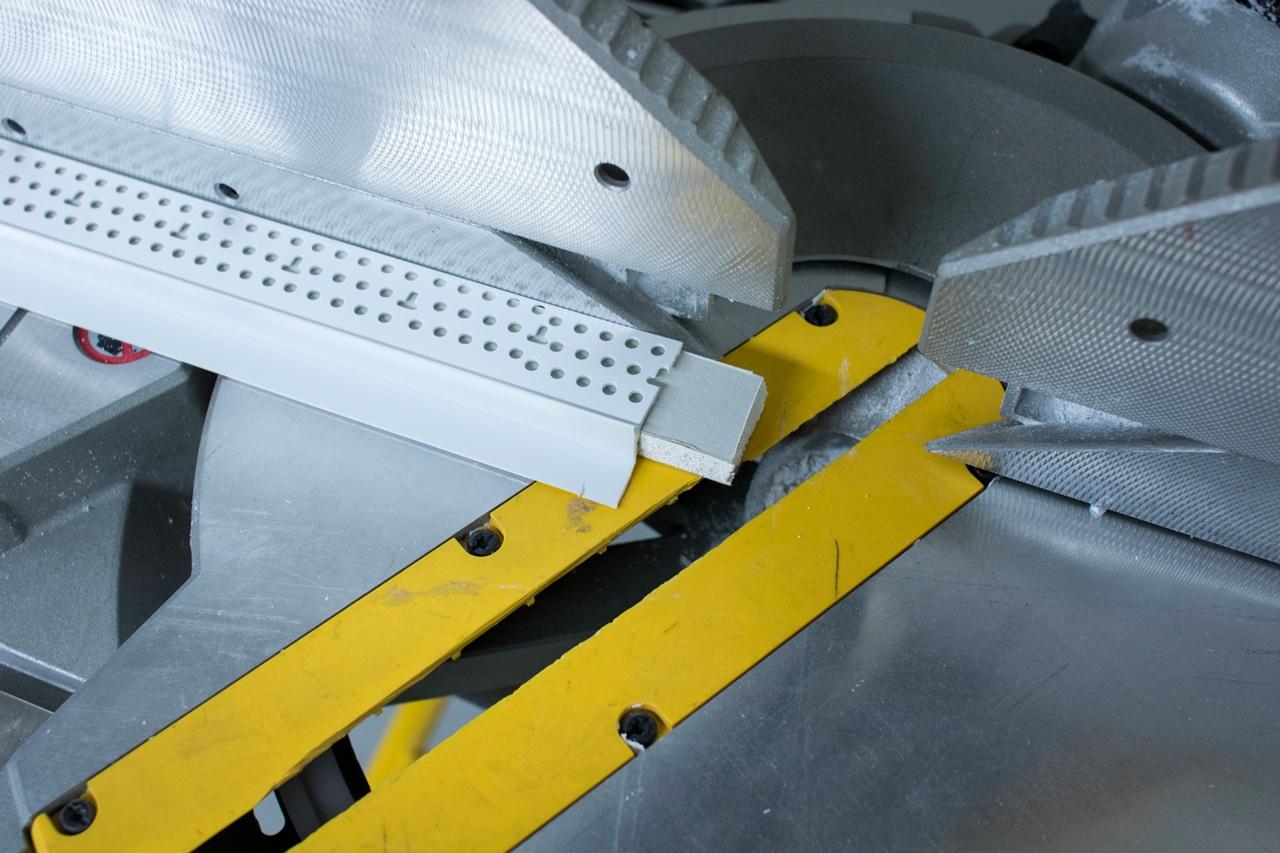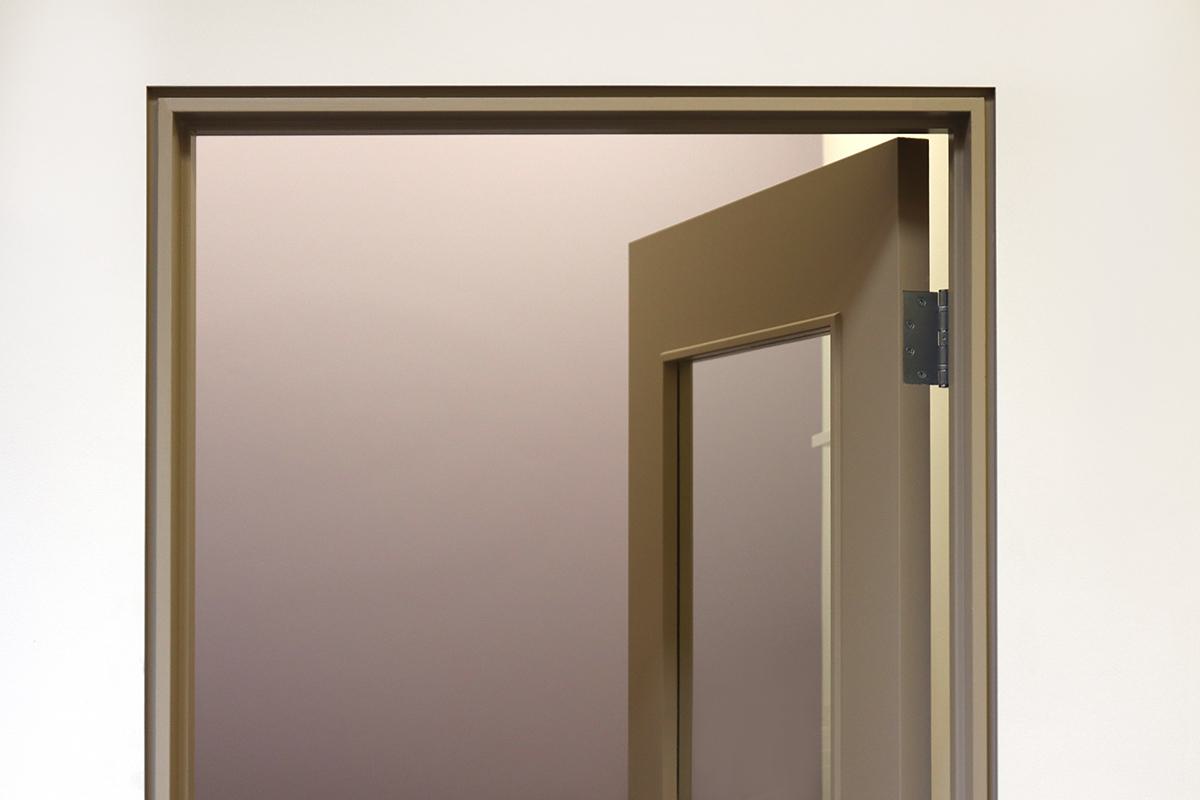A slightly different finish on an otherwise everyday room fixture can sometimes make a major impact. Doorways are great examples of this — many expect a doorway to only look one way, generally speaking, with the same basic door casing fitted around its edges. This presents crafty finishers with an opportunity to upend those expectations. You don’t need to go so far as to paint a door bright red for it to stand out — a distinctive finish can subtly take a space to that next level. While there are any number of ways to accomplish this, today we’re talking about one of our favorite methods, showing you how to create a trimless door with Architectural Z Shadow Bead.
Create a Trimless Door with Architectural Z Shadow Bead







